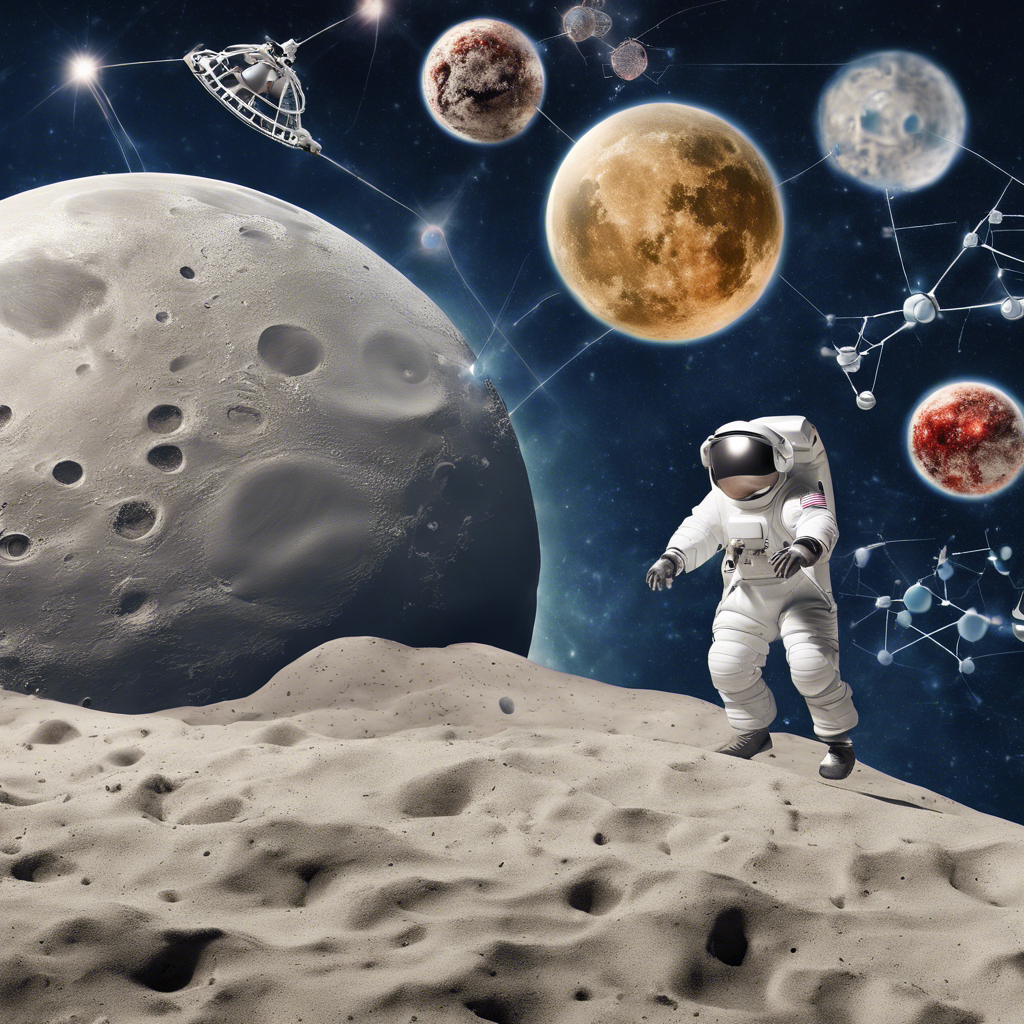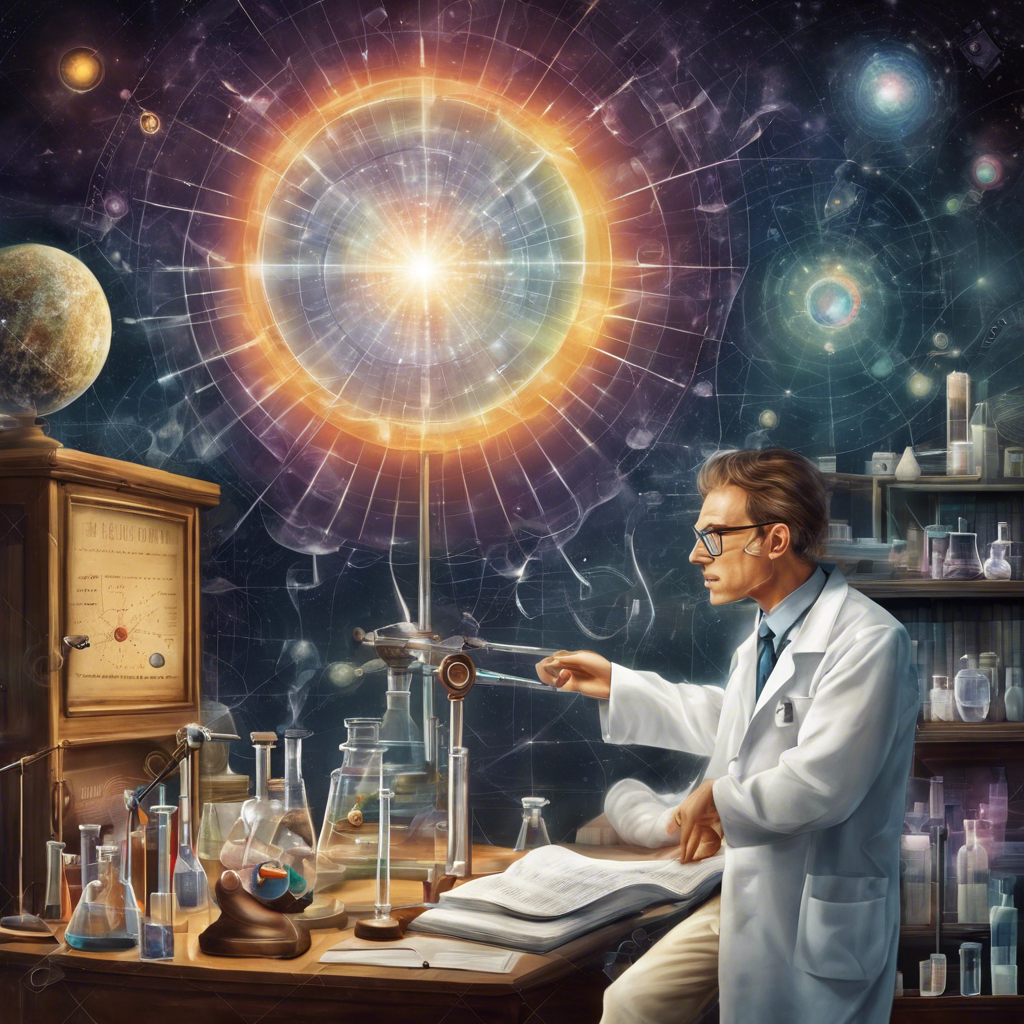The Top 10 Weirdest Science Stories of 2023

From brainy computers to quantum batteries, here are the most peculiar scientific discoveries of the year
While some scientists are focused on tackling climate change and curing diseases, others are delving into more unconventional areas of research. In 2023, the scientific community witnessed a range of strange and fascinating discoveries that pushed the boundaries of our understanding. From growing human brain tissue on computer chips to spotting hypothetical “dark stars” in the cosmos, these stories captured the imagination and showcased the diverse nature of scientific exploration. In this article, we will explore the top 10 weirdest science stories of 2023, shedding light on the peculiar and captivating world of scientific discovery.
Brainy computers
In a nod to the mad scientist trope, an Australian company called Cortical Labs grew human brain tissue from stem cells and connected them to computer chips. These brain-computer hybrids were taught to perform computing tasks and even play Pong. Similarly, another team developed “Brainoware” by growing mini 3D brains, known as brain organoids, and trained them to recognize voices and perform mathematical tasks. While these systems are still far from displaying consciousness, ethical concerns arise as scientists grapple with the implications of such advancements.
Did James Webb spot stars made of dark matter?
The launch of the James Webb Space Telescope allowed astronomers to peer deeper into the cosmos than ever before. However, the telescope’s observations presented a challenge to our understanding of the universe’s formation. Some astrophysicists proposed that what we may be witnessing are “dark stars,” massive invisible objects that generate heat from the annihilation of dark matter particles. These hypothetical entities, 10,000 times wider than the Sun and 10 billion times brighter, could potentially explain the anomalies observed by the James Webb Space Telescope. While speculative, further investigations may shed light on this intriguing possibility.
Eerie AI dreams
The rapid progress of artificial intelligence (AI) has led to the development of video generation systems that produce surreal and uncanny results. ModelScope and Runway’s Gen-2, designed to generate videos based on text prompts, have produced bizarre and often hilarious outcomes. From celebrities resembling drawings by blindfolded toddlers to nonsensical scenarios, these AI-generated videos have delved deep into the Uncanny Valley. What was once a source of amusement has now raised concerns about the impact of AI on creative industries.
Wardrobe wards off AI
In an unexpected twist, AI may inadvertently influence fashion trends. Italian fashion company Capable released a clothing line featuring flamboyant patterns designed to scramble AI object recognition algorithms. By confusing the AI systems with patterns that resemble giraffes or zebras, wearers can evade facial recognition technology. While this solution may be temporary and easily countered by new AI advancements, it adds a touch of creativity to the dystopian future of surveillance.
Calling all aliens
Scientists have taken a unique approach to prepare for potential encounters with extraterrestrial life. By communicating with whales, researchers aim to develop strategies for deciphering alien messages. While the first attempts at communication have been limited to broadcasting recordings of whale sounds, the goal is to establish more interactive exchanges. By studying whale communication, scientists hope to identify rule structures that could aid in interpreting potential alien messages. This unconventional approach brings us one step closer to a Close Encounter of the Third Kind.
Where is love? (Baby don’t hurt me)
Researchers have delved into the realm of emotions by mapping out where different types of love are felt in the body. Participants were asked to color in a human silhouette to indicate where they felt 27 different kinds of love and describe the intensity of the sensation. Interestingly, every type of love was felt in the head, with many also experienced in the chest. Love for family and partners was particularly intense around the heart, while love for beauty, wisdom, and country resided predominantly in the head. This study provides a unique perspective on the physical and mental manifestations of love.
Time used to tick slower
Physicists have discovered that time appeared to tick slower in the early universe compared to the present. By studying distant quasars, scientists found that one ancient second is equivalent to five modern seconds. This phenomenon, known as time dilation, arises from the warping of space-time due to relativistic effects. While it may seem that time is speeding up for us, it is all relative. This finding offers a glimpse into the intricacies of the fabric of the universe and challenges our perception of time.
What can we learn from a mountain of bird poo
In Argentina, scientists stumbled upon a treasure trove of history in an unlikely place – a massive pile of bird droppings. This deposit, accumulated over centuries by Andean condors returning to the same nesting spot, preserved 2,200 years of ecological history. By studying the layers of the deposit, researchers gained insights into the dietary preferences of the condors, shifts in their behavior due to human influence, and even periods of volcanic activity in the region. This unassuming pile of excrement serves as a time capsule, revealing the secrets of the past.
The genetic mystery of a woman who feels no pain
Jo Cameron, a Scottish woman, possesses a rare genetic mutation that renders her almost impervious to pain, fear, and anxiety. Scientists identified mutations in two genes, FAAH and FAAH-OUT, as the primary factors contributing to her unique condition. Furthermore, hundreds of other genes associated with wound healing, mood regulation, and opioid levels were found to be suppressed or heightened in Cameron. This discovery opens up new avenues for pain relief and mental health treatments, offering hope for those suffering from chronic pain or anxiety disorders.
Powered by paradoxes
In a mind-bending development, scientists have created quantum batteries that defy our understanding of cause and effect. These batteries charge faster and more efficiently by exploiting the paradoxical nature of the quantum world. In the quantum battery, causality can exist in a superposition of forwards and backward states simultaneously. This peculiar phenomenon even allows lower-power chargers to top up the battery more efficiently than high-power ones. This breakthrough challenges our conventional understanding of time and opens up possibilities for revolutionary advancements in energy storage.
Conclusion: The year 2023 brought forth a plethora of bizarre and captivating scientific discoveries. From growing brain tissue on computer chips to communicating with whales as a means of preparing for encounters with extraterrestrial life, these stories pushed the boundaries of scientific exploration. As we venture further into the unknown, it is these peculiar and unexpected discoveries that remind us of the boundless nature of human curiosity and the wonders that await us in the realm of science.




